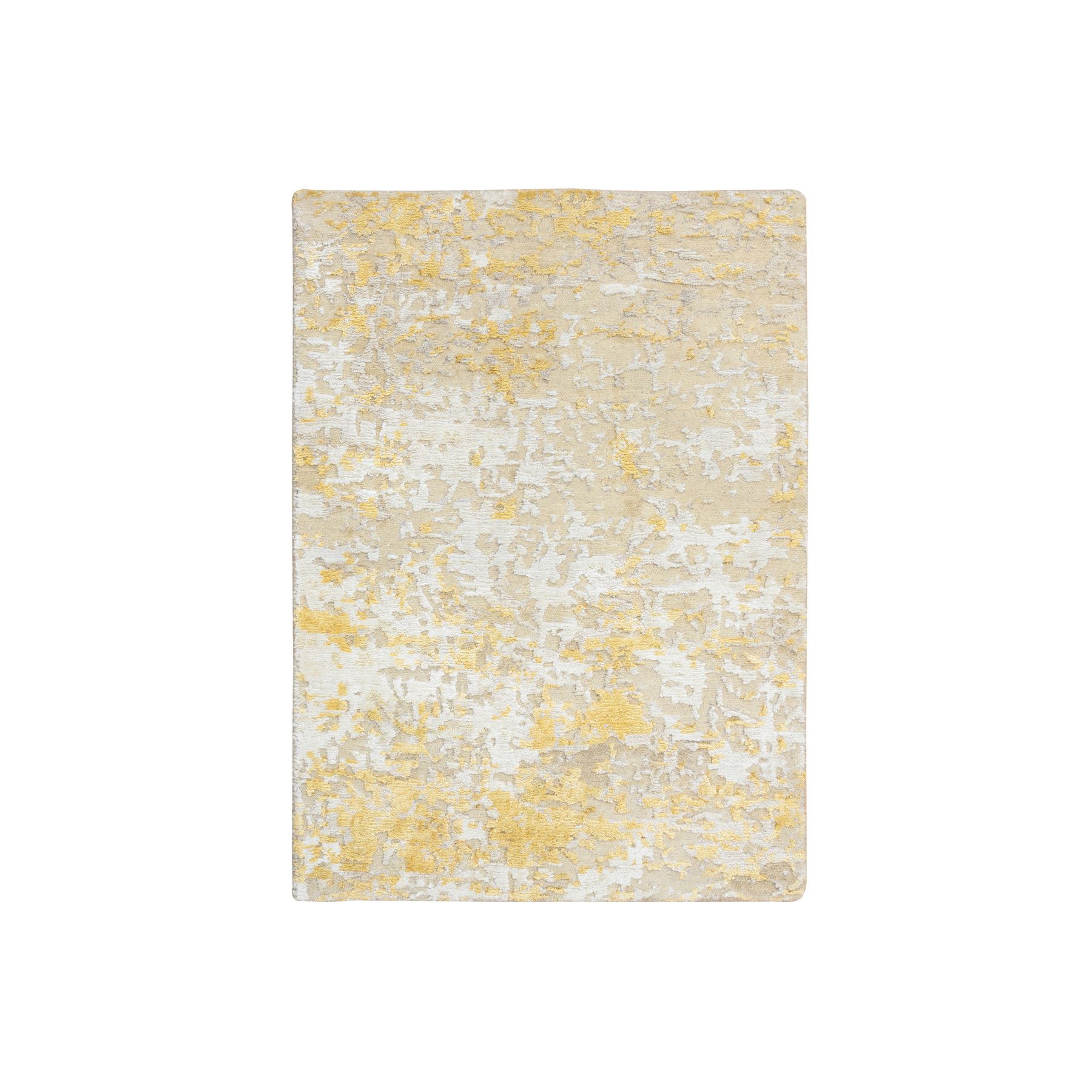Unraveling the Artistry and Legacy Woven Into Every Thread
In the realm of interior design, few elements exude the warmth, elegance, and cultural richness quite like a Persian handmade rug. These masterpieces, steeped in centuries of tradition and craftsmanship, serve not only as floor coverings but as tangible pieces of art that tell stories of heritage and skill. From the intricate motifs to the vibrant colors, Persian rugs captivate admirers worldwide, showcasing the enduring allure of artisanal craft in a modern age.
A Heritage Woven in Threads
At the heart of every Persian handmade rug lies a narrative of tradition and heritage. Dating back thousands of years, the art of rug weaving in Persia (modern-day Iran) has been passed down through generations, with each rug bearing the imprint of its weaver's cultural identity and artistic expression. From the nomadic tribes of the Zagros Mountains to the bustling cities of Isfahan and Tabriz, Persian rug-making techniques have evolved and diversified, creating a tapestry of styles that reflect the country's diverse landscapes and peoples.
The Artistry of Handmade Craftsmanship
What sets Persian handmade rugs apart is the meticulous process by which they are crafted. Unlike mass-produced rugs churned out by machines, each Persian rug is lovingly handcrafted by skilled artisans who invest months, if not years, of labor into its creation. From spinning the wool and dyeing the threads to knotting the intricate patterns, every step in the rug-making process is a testament to the artisan's dedication to preserving tradition and excellence.
Intricate Designs That Tell Stories
One of the most captivating aspects of Persian handmade rugs is their intricate designs, which often feature a symphony of geometric patterns, floral motifs, and symbolic imagery. These designs are more than mere decorations; they are imbued with cultural significance and meaning, reflecting themes of fertility, protection, and spirituality. Whether it's the intricate arabesques of a Kashan rug or the bold tribal motifs of a Bakhtiari, each design tells a story unique to its origin and lineage.
A Kaleidoscope of Colors
Another hallmark of Persian rugs is their rich and vibrant color palette, which ranges from earthy tones inspired by nature to vivid hues that evoke the exotic landscapes of the Orient. These colors are derived from natural dyes sourced from plants, minerals, and insects, resulting in hues that age gracefully and develop a patina over time. From the deep crimson reds of madder root to the azure blues of indigo, the colors of a Persian rug are as enduring as they are enchanting.
Enduring Legacy in the Modern World
In an era dominated by mass production and consumerism, Persian handmade rugs stand as a symbol of resilience and authenticity. Despite the challenges posed by modernization and global trade, Persian rug-making continues to thrive, thanks to the dedication of artisans who refuse to compromise on quality or tradition. Moreover, as consumers increasingly seek out ethically sourced and sustainable products, Persian rugs offer a compelling alternative to mass-produced imitations, embodying values of craftsmanship, heritage, and cultural preservation.
Conclusion
In a world where trends come and go, Persian handmade rugs remain a timeless testament to the enduring power of tradition and artistry. From the nomadic tribes of ancient Persia to the bustling bazaars of modern Iran, these exquisite creations have transcended time and geography, weaving together threads of history, culture, and craftsmanship. As we adorn our homes with these magnificent works of art, we not only enrich our living spaces but also pay homage to a legacy that spans millennia—a legacy that continues to inspire and enchant generations to come.
For More Info:-





Comments